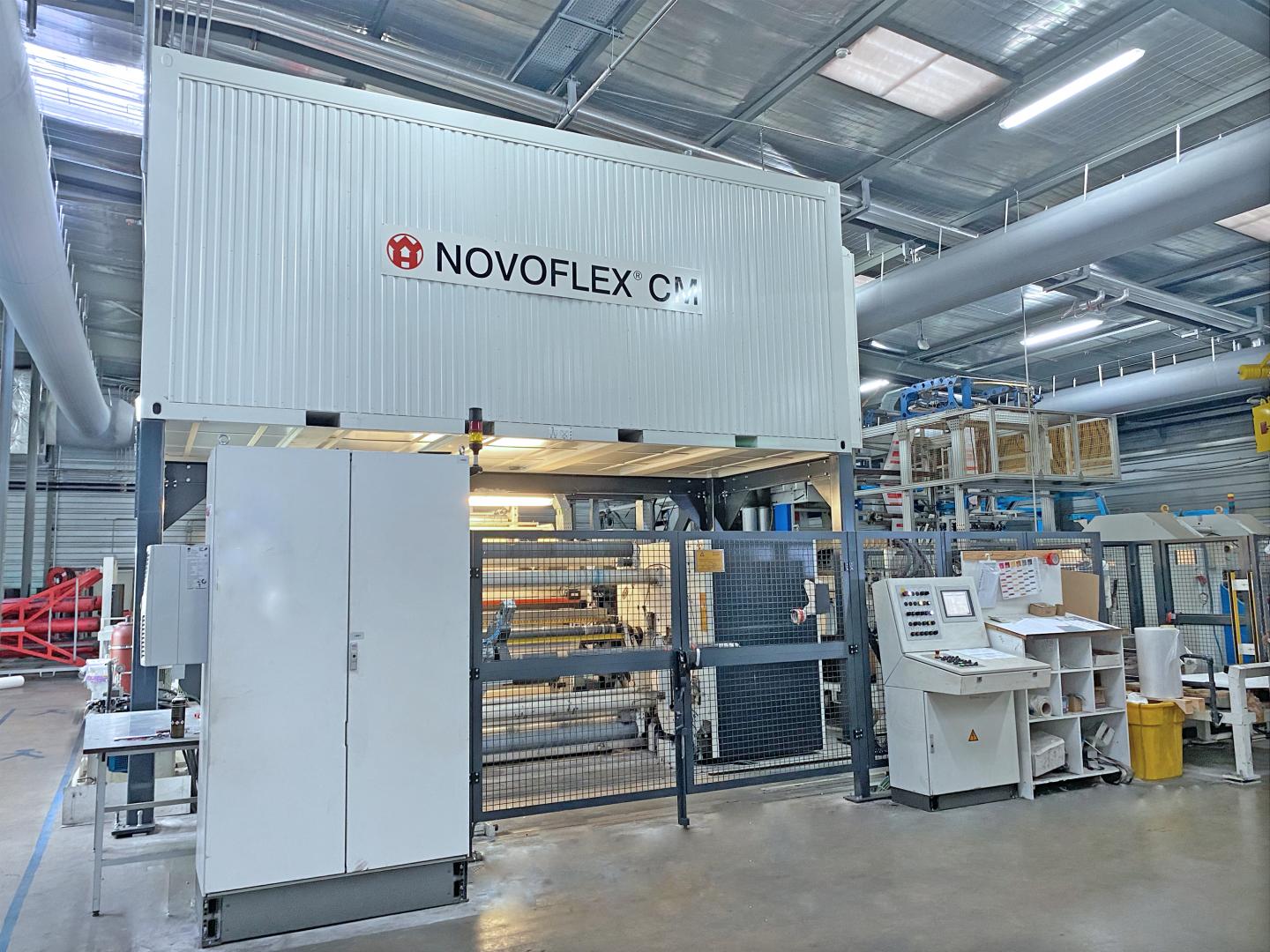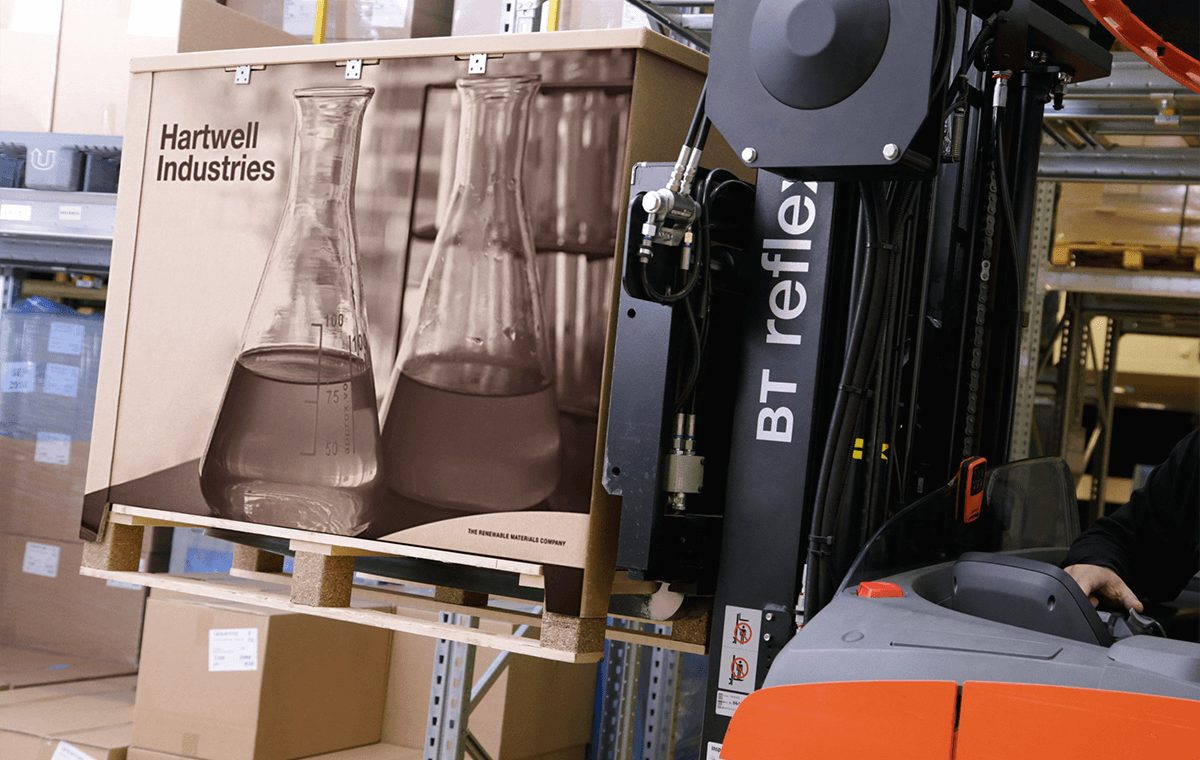Processing Company Expertise: Opening Effectiveness in Production
Processing Company Expertise: Opening Effectiveness in Production
Blog Article
Efficient Industrial Recycling Solutions for Sustainable Packaging: A Comprehensive Guide
That's where this thorough guide on reliable industrial recycling remedies for sustainable product packaging comes in. By checking out vital areas such as product packaging material choice, developing for recyclability, applying reusing framework, collaborating with reusing partners, and tracking and measuring recycling success, this guide will certainly equip you with the understanding and devices necessary to make informed decisions and drive favorable change within your company. Whether you're a product packaging professional, sustainability supervisor, or simply interested in the subject, this guide will certainly offer useful understandings and methods to aid you navigate the globe of sustainable product packaging.
Product Packaging Product Selection
The selection of packaging materials plays an important duty in guaranteeing the sustainability of commercial reusing remedies. The option of materials is essential in decreasing ecological influence and making best use of reusing effectiveness when it comes to lasting product packaging. Choosing the ideal materials can aid minimize waste generation, preserve sources, and advertise a round economy.
Materials like cardboard, paper, glass, and specific kinds of plastics can be reused multiple times without shedding their quality. On the various other hand, products that are tough to recycle, such as combined plastics or non-recyclable composites, can develop obstacles for the reusing process and might finish up in land fills or burners.
One more consideration is using naturally degradable and sustainable materials. Product packaging made from renewable sources, such as plant-based plastics or biopolymers, can help decrease reliance on fossil fuels and mitigate climate modification. Furthermore, biodegradable products damage down naturally in time, reducing the buildup of waste in landfills.
Moreover, the weight and quantity of packaging materials must be lessened to reduce transportation costs and power intake. Lightweight materials not only need less sources during production yet also add to decrease carbon discharges during transportation.
Creating for Recyclability
Packaging designers should focus on the use of materials that are commonly accepted for recycling and have developed recycling infrastructures. Materials such as glass, aluminum, and specific kinds of plastic, like Pet dog and HDPE, are typically recycled and ought to be chosen over products that are costly or hard to reuse.
One more crucial factor to consider in making for recyclability is the removal of unnecessary elements or products. By minimizing the number of layers, finishes, and extra parts, product packaging can be made simpler and much easier to reuse. Additionally, developers should aim to reduce using combined products, as they can make complex the recycling procedure.

Implementing Recycling Framework
Effective execution of reusing facilities is critical for the success of commercial recycling solutions. Without appropriate facilities in position, the reusing process becomes ineffective and inefficient, impeding the overall goal of lasting packaging.
To carry out reusing facilities effectively, several crucial aspects need to be thought about. There need to be an efficient collection system that assists in the splitting up and collection of recyclable materials. This can include marked reusing bins in public spaces, as well as partnerships with waste management companies for curbside pickup and sorting.
As soon as collected, the recyclable materials need to be moved to recycling facilities in a prompt way. This needs efficient logistics and transport networks, making certain that the materials reach the proper centers without delay.
At the reusing centers, advanced sorting and handling innovations need to remain in location to separate various types of materials successfully. This consists of the use of automated arranging devices, optical scanners, and manual sorting methods.
Moreover, there ought to be a durable market demand for recycled materials. This can be attained with collaborations with producers and sectors that use recycled products in their production processes. Producing a steady market for recycled products incentivizes the recycling sector and promotes the circular economy.
Collaborating With Recycling Allies

One key facet of working together with recycling partners is the establishment of clear communication channels. It is essential to establish open lines of interaction to help with the exchange of information, updates, and feedback. This permits both celebrations to remain informed regarding the development of reusing efforts and deal with you could look here any type of difficulties or issues that may occur.
In addition, collaboration can entail collaborations in executing and developing reusing programs. Reusing companions can give valuable understandings and assistance in establishing effective collection systems and establishing the most appropriate recycling modern technologies. By interacting, companies and reusing companions can maximize the recycling procedure and reduce waste.
In addition, partnership can prolong beyond the operational aspects of reusing. It can likewise encompass advocacy and education initiatives. By signing up with pressures, businesses and recycling companions can elevate recognition regarding the relevance of reusing and promote the adoption of sustainable packaging practices amongst customers and other stakeholders.
Monitoring and Measuring Recycling Success
To ensure the performance of commercial reusing options and the accomplishment of lasting product packaging goals, it is crucial for companies and their reusing partners to establish an extensive system for tracking and gauging reusing success (industrial metal packaging). Measuring and tracking recycling success permits organizations to evaluate the influence of their recycling initiatives, identify locations for enhancement, and set purposeful targets for future progression
One method to track reusing success is via making use of data collection and analysis tools. By accumulating data on the quantity of product packaging waste created, the percent of waste that is recycled, and the sorts of products being recycled, organizations can gain important insights into their reusing performance. This information can then be analyzed to recognize patterns, patterns, and areas of inefficiency.
An additional essential facet of tracking and gauging recycling success is establishing standard and clear metrics. This permits businesses to contrast their efficiency versus sector standards and track their progression over time. Metrics such as reusing rates, waste diversion rates, and greenhouse gas discharges can offer a quantitative measure of an organization's recycling success.

Verdict
In conclusion, executing efficient industrial recycling services for sustainable packaging calls for cautious factor to consider of product packaging product option, developing for recyclability, implementing reusing framework, teaming up with reusing companions, and monitoring and gauging recycling success. By including these practices, companies can add to a much more environmentally-friendly and lasting approach to packaging, lowering waste and promoting the round economy.
By checking out key areas such as product packaging product option, developing for recyclability, implementing recycling framework, collaborating with reusing companions, and monitoring and determining recycling success, this overview will equip you with the knowledge and tools necessary to make educated decisions and drive positive modification within your company. Packaging developers must focus on the usage of products that are widely Extra resources accepted for reusing and have actually established reusing frameworks.Collaboration with reusing companions is crucial for the effective implementation of commercial reusing solutions and the achievement of lasting product packaging objectives. By signing up with forces, businesses and reusing partners can raise recognition about the importance of reusing and promote the fostering of sustainable packaging methods among customers and various other stakeholders.
By gathering data on the quantity of product packaging waste created, the percent of waste that is recycled, and the types of materials being recycled, businesses can get valuable understandings right into their find more info recycling performance.
Report this page